Is the UK cycling industry doing enough about e-Bike battery safety?
E-bike battery fires have been making headlines but are the bikes inherently dangerous? We look at the various approaches being taken to improve safety and restore consumer confidence

Electric bikes are rightly newsworthy, though in recent times many of the headlines have focused on the dangers of e-bike battery fires rather than their ability to get more people cycling.
While both the cycling industry and advocacy groups would undoubtedly prefer the attention to focus on the positive benefits of e-bike usage, the problems surrounding aftermarket lithium-ion batteries and chargers, often bought online and from less-than-reputable sellers, can’t be ignored. According to Electrical Safety First, since 2020 e-bike and e-scooter battery fires have accounted for over 190 injuries and at least 13 lives in the UK. The campaign group adds that projections show that fires are due to reach one per day. Understandably, the public is concerned.

A recent survey conducted by the Electric Bike Alliance, which comprises organisations including Cycling UK, the Bicycle Association (BA) and the Association of Cycling Traders (ACT), indicates that consumer confidence in e-bikes has been impacted by battery fires. Its survey results show that almost a quarter of UK adults are ‘hesitant’ to buy an e-bike after reading about battery fires, with the same percentage worried about charging electric batteries nearby.
In response, the Electric Bike Alliance has launched its E-bike Positive campaign to advise and reassure consumers. But what, if anything, is being done by the bike brands to make e-bike batteries safer?
Current regulations and responsible suppliers
While battery fires are clearly a very real concern, some tabloid news stories have lacked nuance. By choosing to lump all e-bikes and e-scooters into one bracket, they paint a picture of unregulated and hazardous electric bikes as the norm. However, e-bikes bought from reputable sellers in the UK are required to meet numerous regulations.
These include complying with general regulations laid out by the Road Traffic Act as well several product safety measures, including the Electrical Equipment (Safety) Regulations 2016, which all mains battery chargers must comply with. Additionally, specific UK battery legislation requires all e-bike batteries to comply with the chemical limits and labelling requirements set out in the Batteries and Accumulators Regulations 2008.
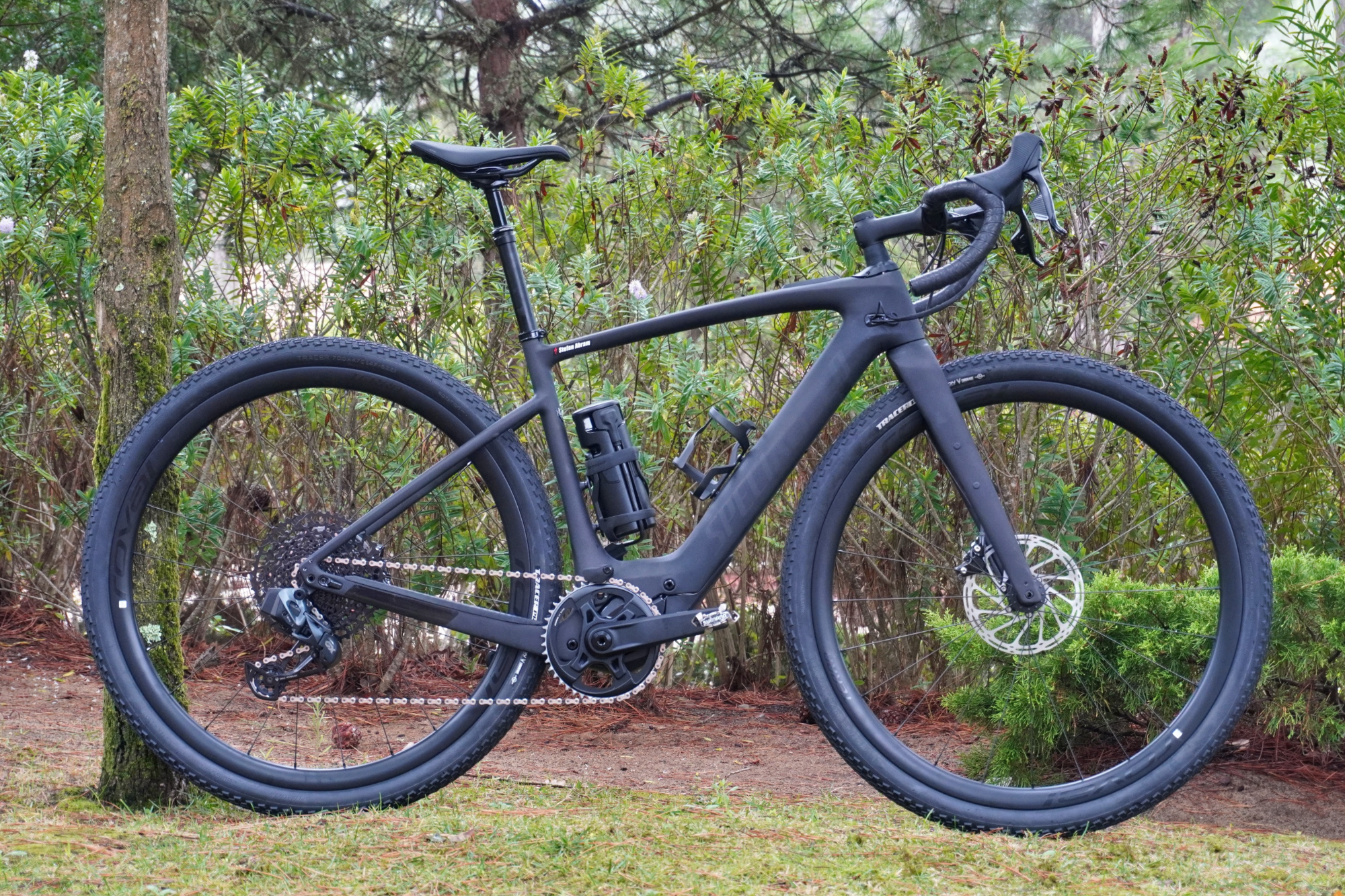
Specialized's Creo e-bike is an example of a safe e-bike that meets regulations
International standards also apply to e-bikes, including a recently updated lithium battery safety measure, with battery packs also having to undergo testing before being shipped. Lastly, a fully revised international e-bike standard, including specifications for a standardised battery charging interface and communication protocol, is currently being worked on and includes input from UK industries.
The latest race content, interviews, features, reviews and expert buying guides, direct to your inbox!
“E-bikes from responsible suppliers under the current regulatory framework are already very safe, and enforcement powers exist against those UK suppliers who do not comply,” says Peter Eland, Technical & Policy Director at the Bicycle Association.
I asked David Ward at Giant UK about the brand’s commitment to ensuring its e-bikes were as safe as possible.
“Battery safety is a top concern for many consumers so we've made it our priority,” he said. “Our batteries are safe for multiple reasons. All of our e-bike batteries for the last 20-plus years have been built by Panasonic, the world's biggest and best battery cell manufacturer, so we start with a high-quality cell.
“During charging we monitor and regulate the charge and temperature of each individual cell to control heat build-up so as not to stress the battery. If there is a power surge during charging we have five electronic levels of protection within the battery management system to protect the cells. All cells are held in a fire retardant plastic which would melt around the cell and suffocate it if there was a fire. A metal "fire door" between groups of cells within our batteries also restricts the spread of a fire.”
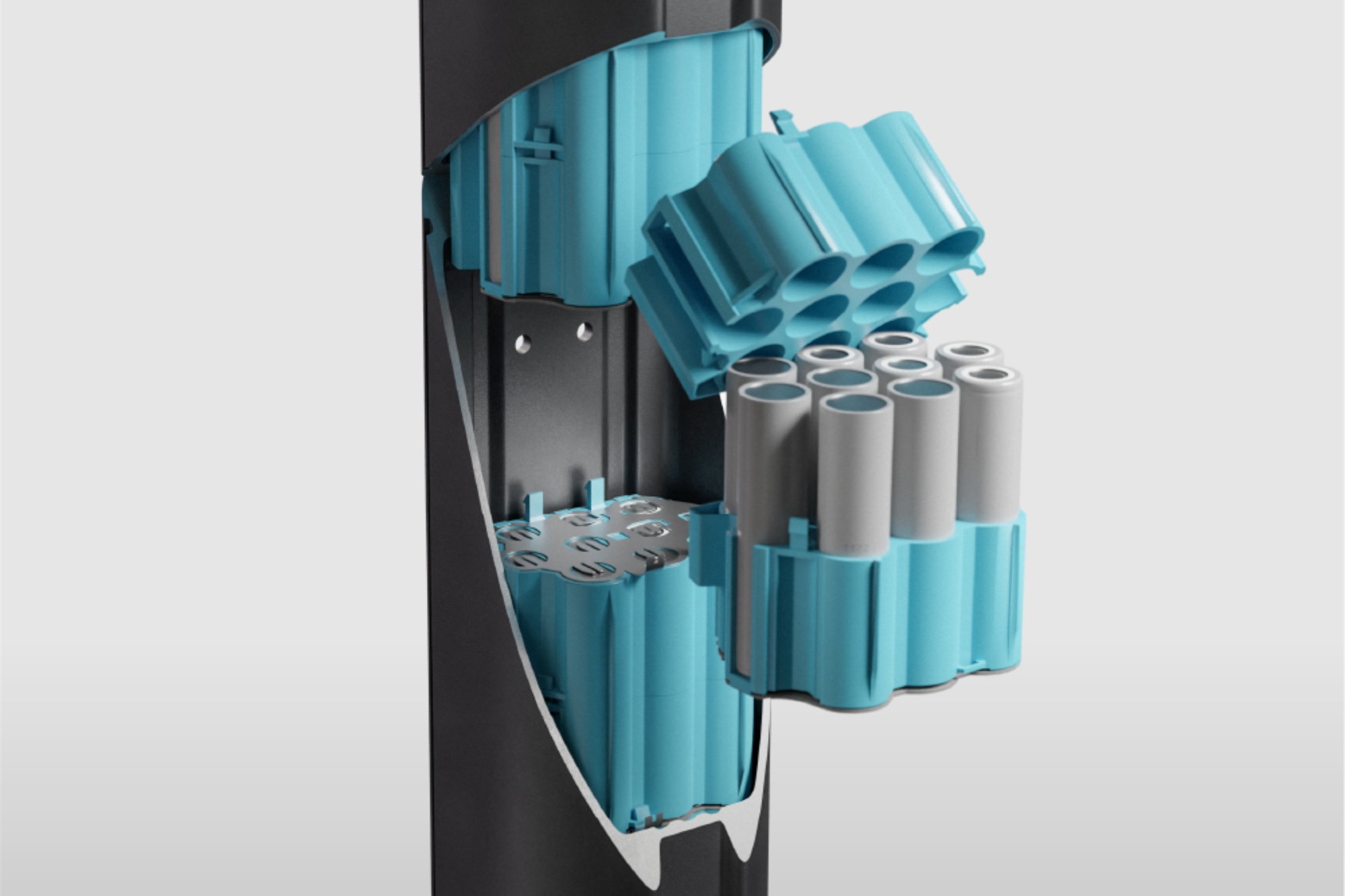
Giant's batteries hold the cells independently in the casing
“The casing on our E-Bike batteries is waterproof plus we have an internal waterproof sleeve around the cells. With regards to impact protection, all of our E-Bike batteries can be dropped on to concrete from any angle from at least a metre, plus our metal casing can withstand a one tonne force on top of them. Due to the high spec of the chargers we supply with our bikes the batteries charge quickly and safely, 0-80% in as little as 2.5 hours. As well as these high safety levels our batteries have incredibly long life spans, good for 2300 full charging cycles or shorter charges that add up to full charging cycles eg 50-100% 4600 times.”
The root causes of battery fires
So if reputable brands are following such a comprehensive procedure, what are the causes of the fires?
Eland says the problems are largely caused by high-risk imports, what he describes as “unregulated and unsafe goods from overseas sellers often via online marketplaces”. These goods are attractive essentially because they are far cheaper than legitimate products bought from bike shops. But they tend to arrive in the hands of the consumers having dodged testing and bypassing regulations. “Suppliers of such goods are generally also beyond the direct reach of UK market authorities,” says Eland.
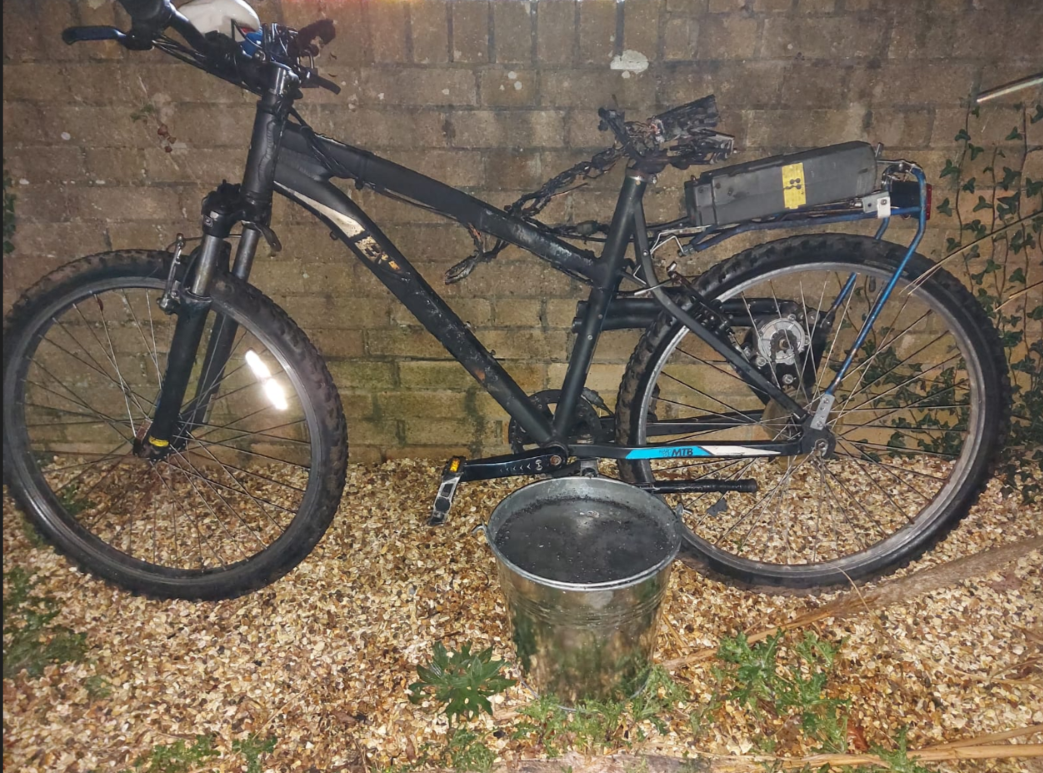
Cycling UK, a partner in the Alliance, agrees that e-battery fires are predominantly caused by these high-risk imports. The charity draws a potential connection between a lack of accessibility to quality e-bikes in the UK and the rise in unregulated e-bikes and equipment.
“We do know that e-bikes sales are significantly lower in the UK than they are in other European countries, such as France, Germany, and the Netherlands,” Monica Scigilano, Senior Policy Officer at Cycling UK told me. “We think there’s likely a cyclical dynamic here. These countries tend to have government grants available that make quality e-bikes more affordable. That means there’s higher e-bike uptake, which means less use of risky e-bikes and batteries which means less fires and greater consumer confidence in e-bikes. I think all these pieces are related and in the UK it’s just not happening.”

Both Monica and Peter Eland directly reference the UK’s gig economy as a significant factor. In simple terms, many app-based delivery drivers require an e-bike to earn a living but often don’t earn enough to buy a reputable bike from a reputable source. The operators of these services don’t tend to provide riders with safe equipment either. Combine both factors and cheap online options have obvious appeal, as does the second-hand market.
“At Cycling UK we’d definitely like to see financial incentives like grants in order to make e-bikes more affordable and more accessible for people, so they don’t have to be looking on eBay for an e-bike that’s significantly cheaper but presents safety risks,” says Scigiliano.
A case for legislation?
Eland is adamant that given how difficult it is to stem the flow of unregulated e-bikes, batteries, chargers and conversion kits into the UK from overseas, legislation should also focus on the root causes.
“Demand for these high-risk goods must also be addressed, for example by legislation, potentially in the upcoming Employment Rights Bill, to require gig economy delivery operators to provide safe and legal e-bikes for their riders,” he says. “Addressing these two elements would remove the drivers behind the overwhelming majority of e-bike fires.”
But influencing government legislation isn’t straightforward and the passing of bills is often a slow and laborious process. Also, legitimate e-bike brands, suppliers and shops need to remain competitive and have no desire to see their businesses wrapped in more governmental red tape.
Take Electrical Safety First’s proposed bill as a case in point. It seeks to address the issues of e-bike battery fires by proposing that all e-bikes, batteries and conversion kits should receive a third-party safety assessment from a government-approved body before they can enter the UK market. However, it didn’t receive blanket support from the cycling industry.
The BA and the ACT issued a joint statement that said while they share Electrical Safety First’s “urgent focus on public safety” and its wish for the UK government to act with “all possible speed to speed to address the root causes of the recent rise in e-scooter and e-bike fires,” it believes that amendments to the bill are needed. The statement read:
“However, while introducing mandatory third-party testing could definitely be part of the solution, it must run alongside much stricter enforcement of product safety for products supplied to UK consumers directly from overseas sellers, often via online marketplaces.”
Before going on to say:
“The BA would also propose more practical arrangements for the mandatory approval of e-bikes and batteries. Responsible suppliers in the industry would readily satisfy the requirements for the proposed mandatory approval process, because they already have evidence of extensive product safety testing in place. But the ESF Bill proposes no transition period for the establishment of approval capability and for approvals of existing models to be granted. The consequence would be a sudden months-long halt in sales while even responsible suppliers wait for approvals.”
I asked Monica Scigliano if Cycling UK had a position on the proposal. She said that they don’t but did say that while she felt that it was coming from “a good place” she’s heard concerns from the industry that, without some amendments, it could result in greater cost for many manufacturers who would then need to pass these onto the consumer. If this was indeed the case, you could make the argument that the proposal would have the unintended consequence of raising the cost of quality - and safe - e-bikes, forcing more people to seek cheaper alternatives. The exact opposite of what it’s trying to achieve.
“The crux of the issue that we’re hearing from the sector is that reputable brands are already conducting these strict safety tests,” says Scigliano. “This legislation would force them to increase costs and would do little to stop the import and sale of dangerous e-bikes and batteries online, as it’s difficult to police online marketplaces.”
Like the BA and the ACT she feels that the government should “focus its legislative efforts on stopping the import and sale on those online marketplaces”, though she adds “you’re getting into the details of trade policy and that’s a matter for the UK government.”
Empowering the public
So what can the cycling industry do to address e-bike battery fires besides lobbying the government for impactful laws? The answer, it seems, is education.
The aforementioned E-Bike Positive campaign seeks to bring together industry bodies and bike shops in an effort to provide easily accessible and understandable information about e-bikes. The idea, it seems, is that the better informed we are, the better choices we’re likely to make.
“The campaign is principally aimed at empowering members of the public to choose safe e-bikes,’ says Peter Eland of the BA. “It's a positive action that the cycle sector is taking right now to help direct potential e-bike purchasers towards safe e-bike products, ahead of any possible legislation or other regulatory measures which may take some time to enact and implement.”
The campaign features a central website, full of resources, including information sheets and guides covering topics such as how to identify a safe e-bike and battery. There’s also information for the media to help with accurate reporting. Each group brings its own expertise to the campaign, with Cycling UK able to draw on its recent work running a two-year-long government-funded campaign called ‘Making Cycling E-asier’, which provided free e-bike loans and skills sessions to communities across several cities in England.
“Because of this interaction we have a good understanding of both the barriers to people using e-bikes and the benefits once they do,” says Monica Scigliano. “So our main role (in the campaign) as I see it is to channel the insights from that experience as well as communicating with the public because of our reach.”
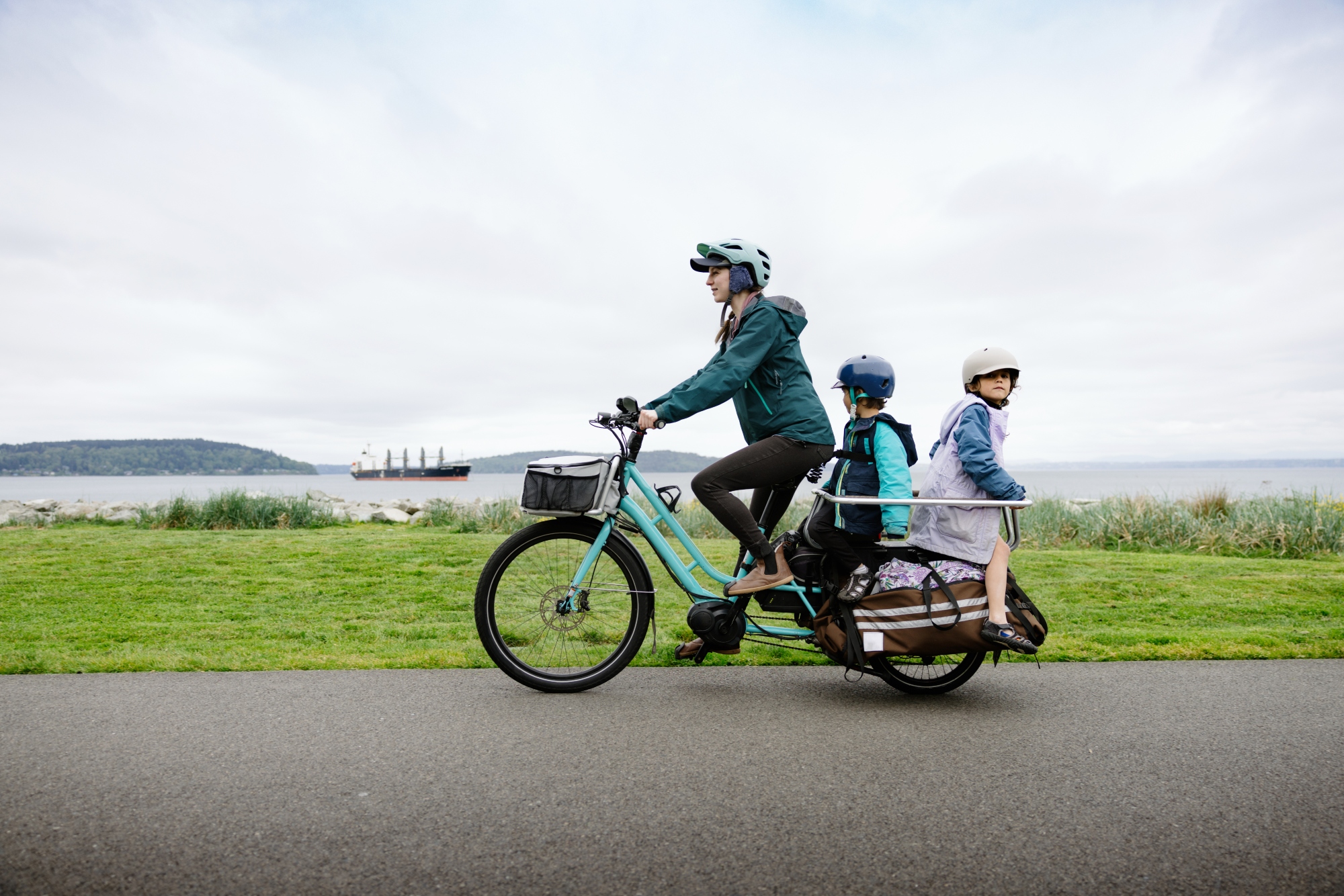
The other vital partners in the campaign are UK bike shops. Unquestionably impacted by battery fires and news coverage of them, bike shops clearly have a vested interest in a public that’s better informed on all things e-bike. By ‘pledging’ to the campaign shops commit to a ‘best practice’ that includes only selling bikes, batteries and chargers that are safety-tested and from trusted suppliers and to only repair road-legal e-bikes, which can be charged and used safely.
“Our experience shows that provided a customer can talk to somebody with knowledge on the subject, they can be shown how buying an authorised brand - we have our own specific authorisation process - will be suitable for their needs,” says Lee Kidger, Company Lead at The Electric Bike Shop (TEBS). “This is why at TEBS we have a national coverage of physical locations that offer great advice on electric bikes and how they can benefit customers.”
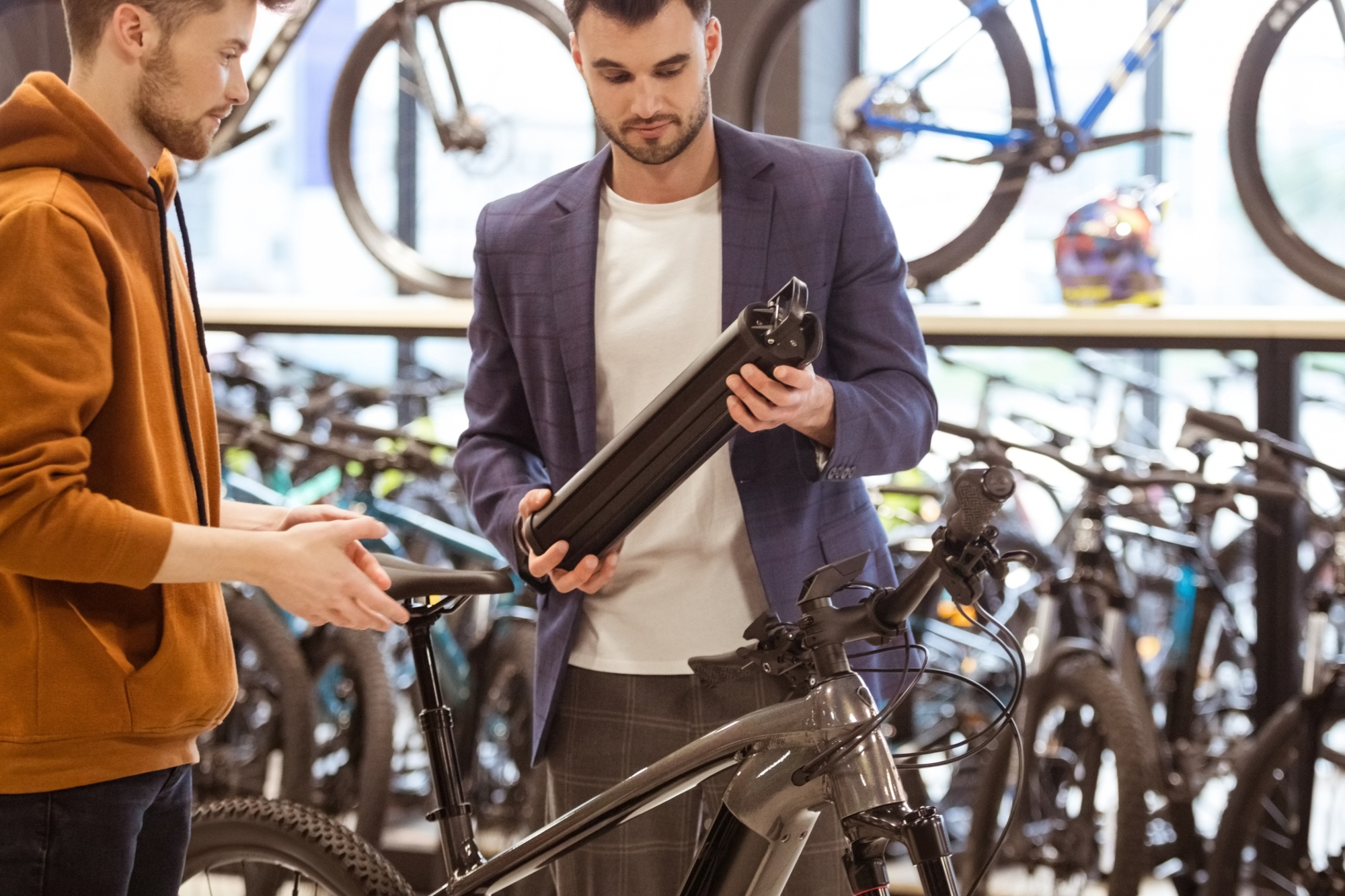
And ultimately it's the numerous benefits of e-bikes that shouldn’t be lost in the smoke. While the risks of using some are batteries real, and the destruction of the fires devastating to all those involved, it’s clearly unregulated imports that are largely to blame; these make up far less of the UK ‘fleet’ than quality bikes that have passed safety checks, likely to have been sold via trusted retailers.
“At Cycling UK we are trying to balance the narrative by focusing on the benefits of e-bikes,” Monica Scigliano says. “We’re focusing on the benefits of e-bikes, the positive stories and data that shows how great they are for individuals and communities.”

It’s arguable that this work, alongside the education that’s at the heart of the E-Bike Positive campaign, is just as important in the battle for the hearts and the minds of the skeptical, the cynical or the concerned, as any government bill.
Certainly legislation needs to address the direct sales of high-risk products. It also needs to tackle the unscrupulous practices of food delivery operators. Doing so would surely result in the reduction of e-bike battery fires. However, increasing the number of e-bikes users through support, education and positivity is likely far quicker and easier to implement.
If this is the measure by which we assess the efforts of the UK cycling industry to combat e-bike safety then it would be fair to say that it’s more than doing its bit. Now it’s time for the government to follow suit.
Luke Friend has worked as a writer, editor and copywriter for over twenty five years. Across books, magazines and websites, he's covered a broad range of topics for a range of clients including Major League Baseball, Golf Digest, the National Trust and the NHS. He has an MA in Professional Writing from Falmouth University and is a qualified bicycle mechanic. He has been a cycling enthusiast from an early age, partly due to watching the Tour de France on TV. He's a keen follower of bike racing to this day as well as a regular road and gravel rider.